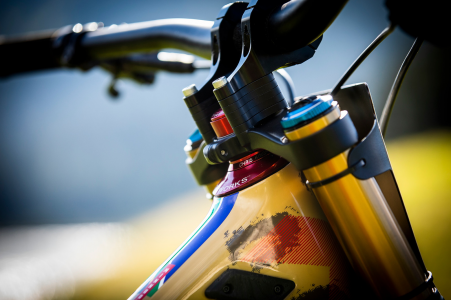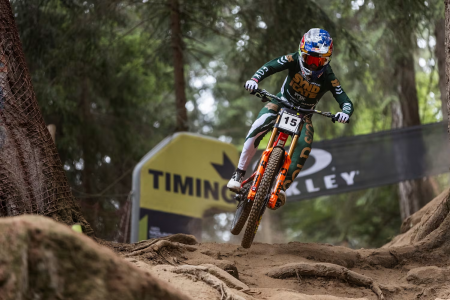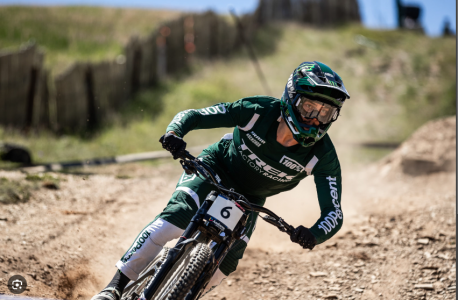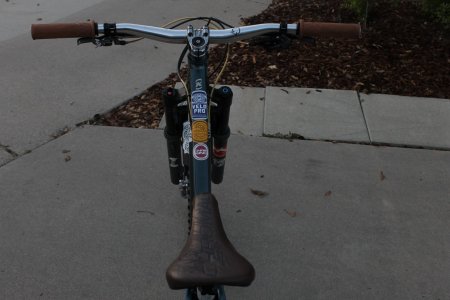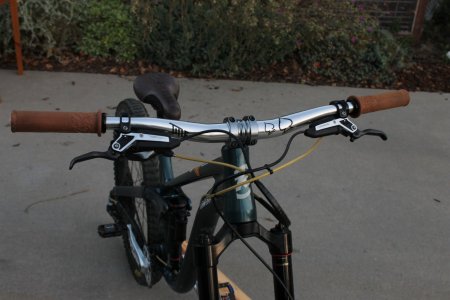Endless Trails
Well-known member
- Joined
- Apr 7, 2022
- Messages
- 368
I see it being discussed elsewhere and figure we could start putting in some more generic information threads.
This is for those that have adjusted their stack either with spacers under the stem, angled stem, or taller / shorter bars. Or those that aktually know how to set up a bike... How did you choose where to put your grip height other than "feels right"? This is for trail / enduro / down country riding. If you are a drop stem XC or endurance rider go start your own thread.
I have heard a good rule of thumb is grips level with your seat at full climb extension. I have also heard level with your waste while standing flat on your pedals. What says everyone.
YT Decoy XXL
Bar rise: 30mm
Spacers under stem: one 5mm spacer. But the YT top headset cup is real tall.
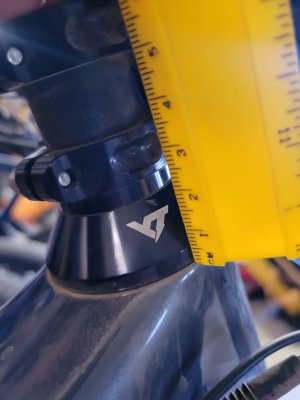
Seat height extended: 44 5/8"
grip height: 44 1/4"
Rider height: 6'4"
Waist/belly button height: 43 1/2"
Per the measurements I probably could use 40mm rise bars to get the bars level with the seat.
Bar rotation plays a small part in fit for both rise and reach. I like my bars rotated a little forward than most bikes come. This puts some rise on the grips in regards to the measurements. It also adds some reach, but that is a different tech discussion.
Stack on the XXL is 652mm (25.7") so I don't really know how you can use that in relation to waist height to figure out another way to figure out bar height.
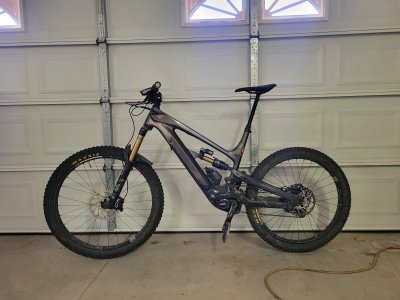
This is for those that have adjusted their stack either with spacers under the stem, angled stem, or taller / shorter bars. Or those that aktually know how to set up a bike... How did you choose where to put your grip height other than "feels right"? This is for trail / enduro / down country riding. If you are a drop stem XC or endurance rider go start your own thread.
I have heard a good rule of thumb is grips level with your seat at full climb extension. I have also heard level with your waste while standing flat on your pedals. What says everyone.
YT Decoy XXL
Bar rise: 30mm
Spacers under stem: one 5mm spacer. But the YT top headset cup is real tall.

Seat height extended: 44 5/8"
grip height: 44 1/4"
Rider height: 6'4"
Waist/belly button height: 43 1/2"
Per the measurements I probably could use 40mm rise bars to get the bars level with the seat.
Bar rotation plays a small part in fit for both rise and reach. I like my bars rotated a little forward than most bikes come. This puts some rise on the grips in regards to the measurements. It also adds some reach, but that is a different tech discussion.
Stack on the XXL is 652mm (25.7") so I don't really know how you can use that in relation to waist height to figure out another way to figure out bar height.

Last edited:

